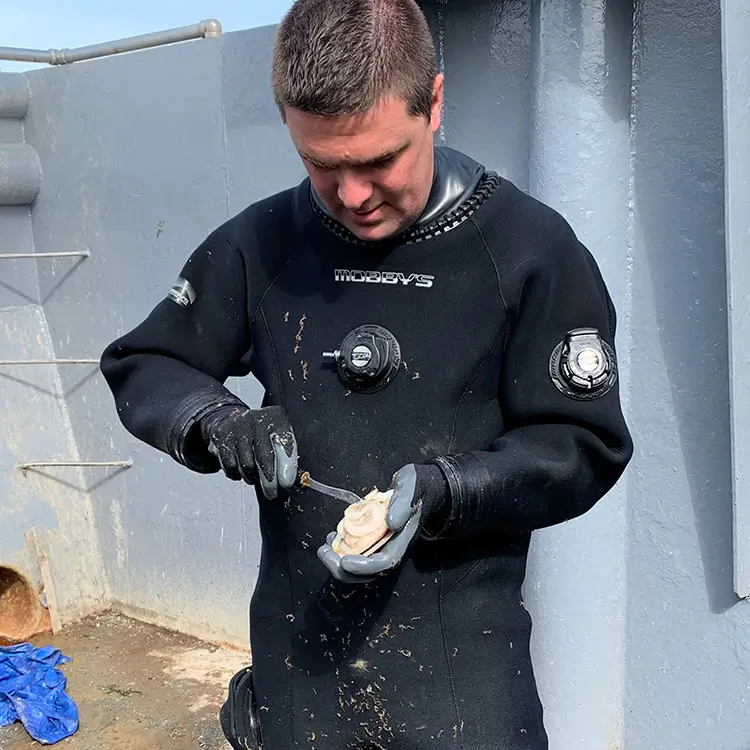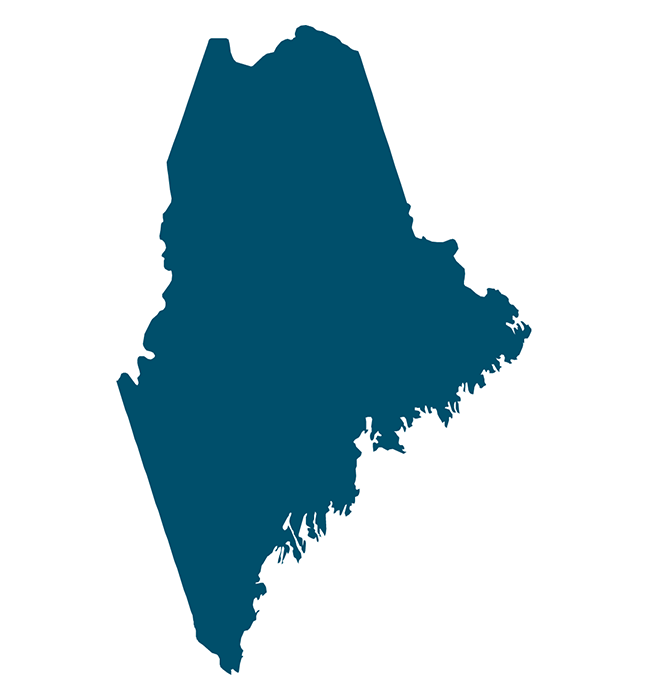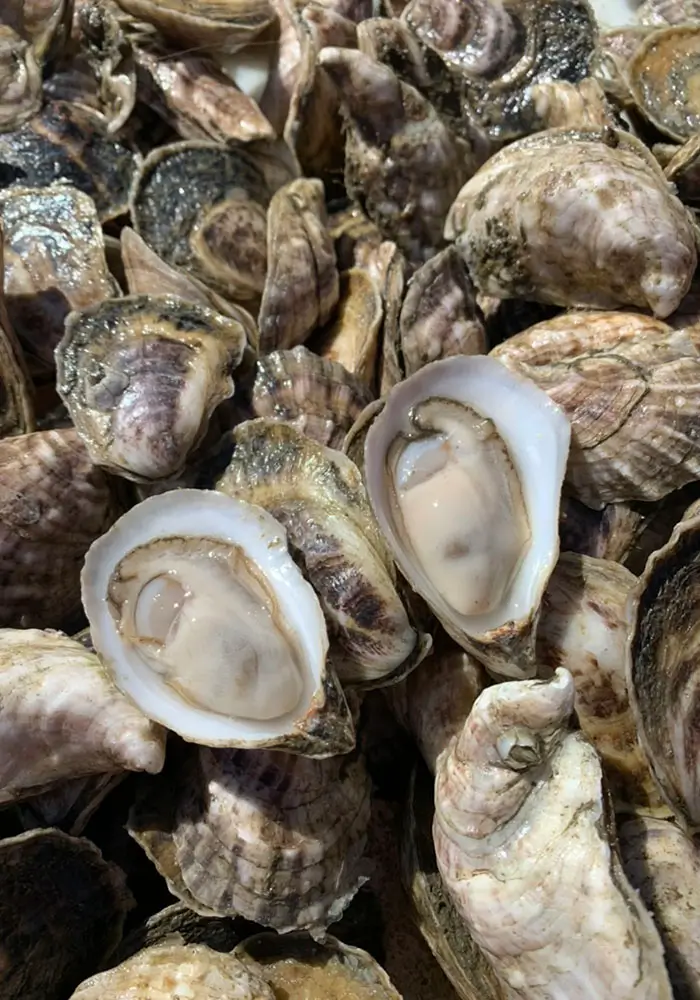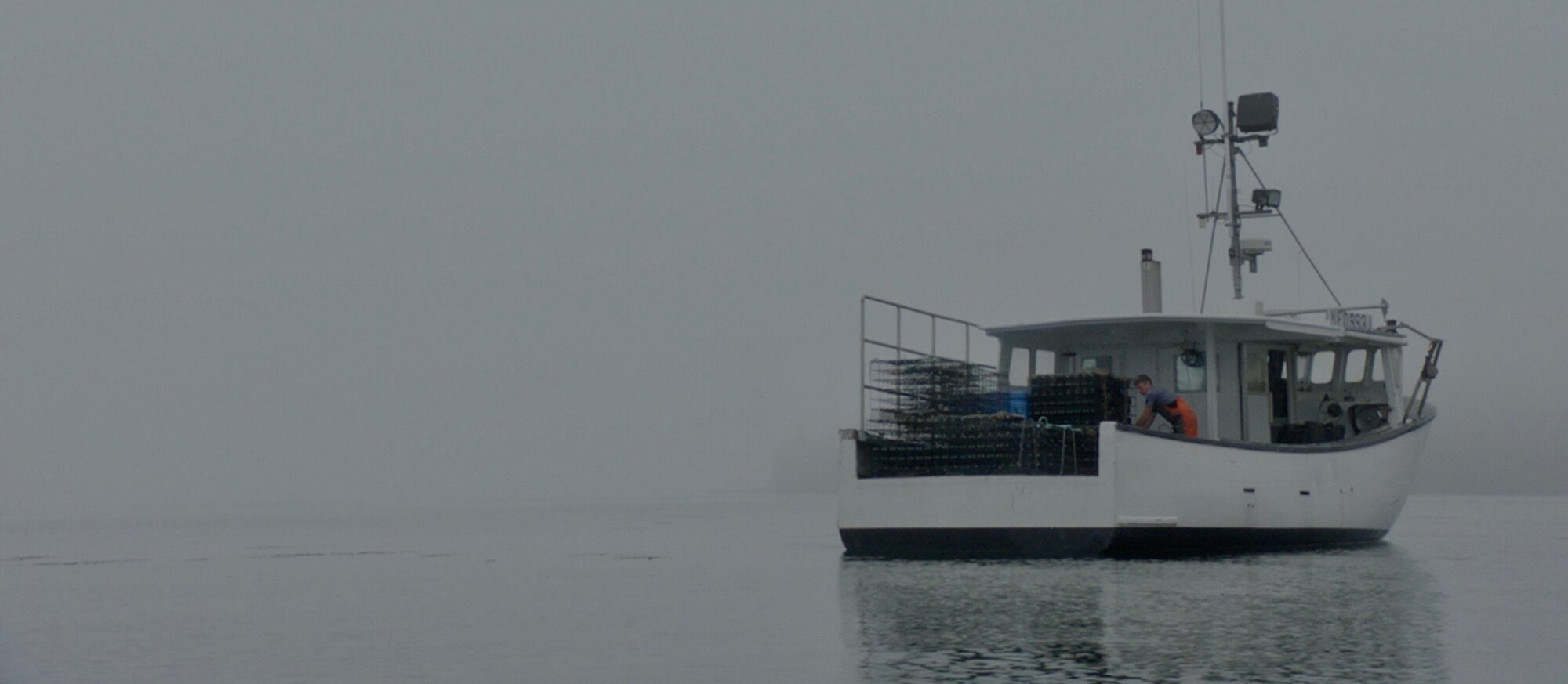Shellfish Farmers
With its stunning coastline and abundant marine resources, Maine has become a hub for shellfish farming. This sustainable and environmentally friendly practice has gained popularity in recent years, providing a source of delicious seafood while minimizing the impact on natural ecosystems.
Shellfish has been a part of Maine’s coastal heritage for centuries. Today, the farming of shellfish plays a crucial role in the state’s economy and culture, providing employment opportunities and delicious seafood to both local and national markets. Maine is renowned for its high-quality farmed shellfish which are sought after by seafood enthusiasts around the world.
We will take a deep dive into the world of shellfish farming in Maine, exploring what it is, where it happens, and the various types of shellfish being cultivated. Join us on this journey as we uncover the secrets of sustainable aquaculture in the beautiful state of Maine.

What is Shellfish Farming?
Shellfish farming, also known as shellfish aquaculture, is the cultivation of shellfish in environments such as rivers, bays, tanks, or open water areas. It involves the breeding, rearing, and harvesting of various shellfish species, including oysters, mussels, clams, and scallops. This practice allows for the controlled growth and development of shellfish, ensuring a steady supply of high-quality seafood.
In Maine, shellfish farmers use a variety of methods to cultivate their crops. Some opt for traditional methods such as bottom culture, where shellfish are grown directly on the ocean floor.
Others employ more modern techniques, including suspended culture, where the shellfish are grown in floating bags or cages. These different approaches offer flexibility and allow farmers to adapt to the unique conditions of their farming sites.
Where Does Shellfish Farming Happen in Maine?

Shellfish farming is widespread along the coast of Maine, taking advantage of the state’s extensive shoreline and diverse marine habitats. The suitability of a site for shellfish farming depends on factors such as water quality, temperature, and salinity levels.
Some of the prominent areas for shellfish farming in Maine include Casco Bay, the New Meadows River, and the Damariscotta River. These regions offer ideal conditions for shellfish growth, with clean waters, sheltered areas, and nutrient-rich sediments. The Gulf of Maine provides a unique combination of cold and warm water currents, creating an environment that supports a diverse range of shellfish species.
What types of shellfish are grown in Maine?
Maine is renowned for its delicious shellfish, each with its own unique flavor profile and culinary applications. Let’s dive into some examples of the shellfish being cultivated in the state:
Oysters
Maine oysters are prized for their briny yet sweet taste. Varieties from each region are highly sought after by seafood enthusiasts and enjoyed raw on the halfshell and cooked. These oysters are carefully grown and harvested, ensuring optimal flavor and texture. In Maine, a petite oyster—the desired size for raw bars—can take anywhere from a year and a half to three years on average to reach market size. There are about 150 individual oyster farms in Maine, producing over 11 million oysters per year.
Mussels
Maine mussels are known for their plump and tender meat. Mussels are farmed using surface culture through a series of vertical lines on which mussel seed grows, or bottom culture where mussel seed is planted and later harvested through dragging. The smooth, dark shells of Maine mussels house a delicately sweet and slightly nutty flesh.
Scallops
Maine scallops are generally known as the Atlantic Sea Scallops. What we call a “scallop” is one part of the sea scallop animal, the adductor muscle. This muscle is more developed in the scallop than in oysters and clams because scallops use it to open and close their shell which allows them to “swim.” Scallops are most commonly grown in nets, hung by their shells on vertical lines, or in cages on the bottom.
Clams
Some farmers are experimenting with hardshell clams, but there is not yet a robust industry for clam aquaculture. Experiments are being done on the raising of certain clam species for public fisheries stocking and aquaculture development.

Learn More
Shellfish farming in Maine is a fascinating and sustainable industry that combines the natural beauty of the state’s coastline with the production of high-quality seafood.
Through careful cultivation and responsible practices, shellfish farmers in Maine are able to meet the growing demand for these salty delicacies while preserving the integrity of the marine environment.
